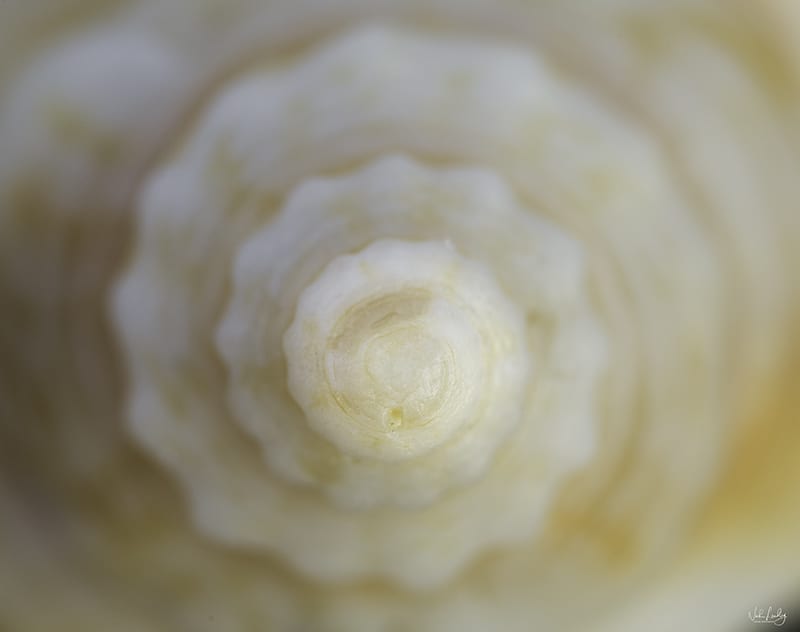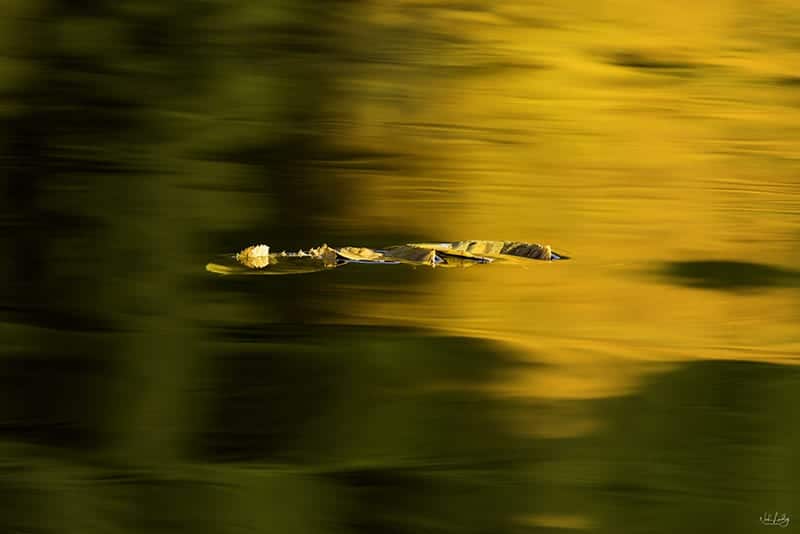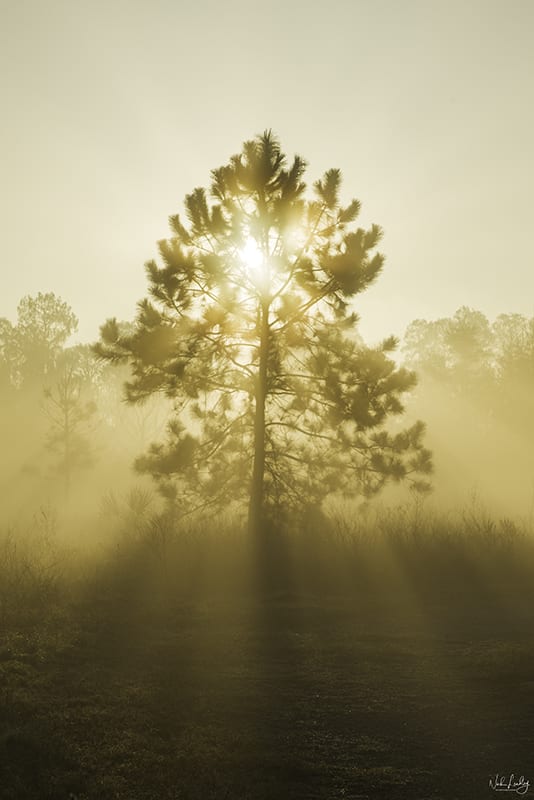
Welcome back to Through the Lens with Nick Leadley, our continuing series on wildlife photography. Read the rest of the series here, and see more of his work at Touch The Wild.
The idea for this post came from an ordinary event: scheduling my annual eye exam. That got me thinking about vision.
Not as in eyesight, though that is undoubtedly important. But vision as it relates to creating photographs. How does one develop a photographic style?
Developing a photographic style comes from an even balance of mastering that little black box with a lens mounted on it and the creative aspects of the medium. Too much emphasis on one and the other suffers. A photographic style is a reflection of your own unique sight.

Whenever I offer a photography class I always tell my students I can teach them the technical aspects of photography and offer suggestions on the creative process. But in the end they will discover a style that is uniquely theirs. And that is only achieved through experimentation and creating a lot of photographs.
Here are a few pointers on that subject.
- Shoot what you know. Familiarity with and enthusiasm for a subject will help as you start developing your style.
- Study the work of other photographers. See what appeals to you about their work and consider their technique.
- Sit in one spot, maybe the same place, at different times. Observe how the light changes. Watch as the sun creates shadows across the scene. Note when the lighting is most dramatic. Make a note of what looks appealing to you.
- Change where you sit and watch the light again.
- Do not ignore cloudy days. Soft light has a subtle quality all its own.
- Leave the camera in the bag and look at all the angles. Visualize the lines in the image and how they draw the eye around the scene.
- Study a color wheel. Learn about complementary and contrasting colors.
- Consider the big picture or the wide-angle view.
- Do not ignore the details. Look for the picture within the picture. Move in a circle around a small object and see what it looks like from all positions.
- Be mindful of the position of the camera. Often a simple change results in a stronger image.
- Carry a small notebook and pen with you – locations and ideas for a photograph are soon forgotten if not written down.
- Create photographs for yourself, not for others. It is your vision and style that results in unique images.
- Avoid the same spots everyone else goes to photograph.
- Visit the same spots everyone else goes to photograph, but find new ways to capture the same scene or subject.
- Don’t peer over the edge of the box, break out of it. Give yourself an assignment or a project focused (no pun intended) on one subject or location. Consider an object or place new to you.
- Plan photographs, but do not be afraid to deviate from the plan.
- Visit a location with no plan to photograph at all. Just see what is there.
- Oh, one more thing. Be your own worst critic.
As the host of a program on National Public Radio once said, “if it sounds good, it is good.” I would change that to say, “If a picture looks good to you, it is good.”
Now, create photographs and have fun!

